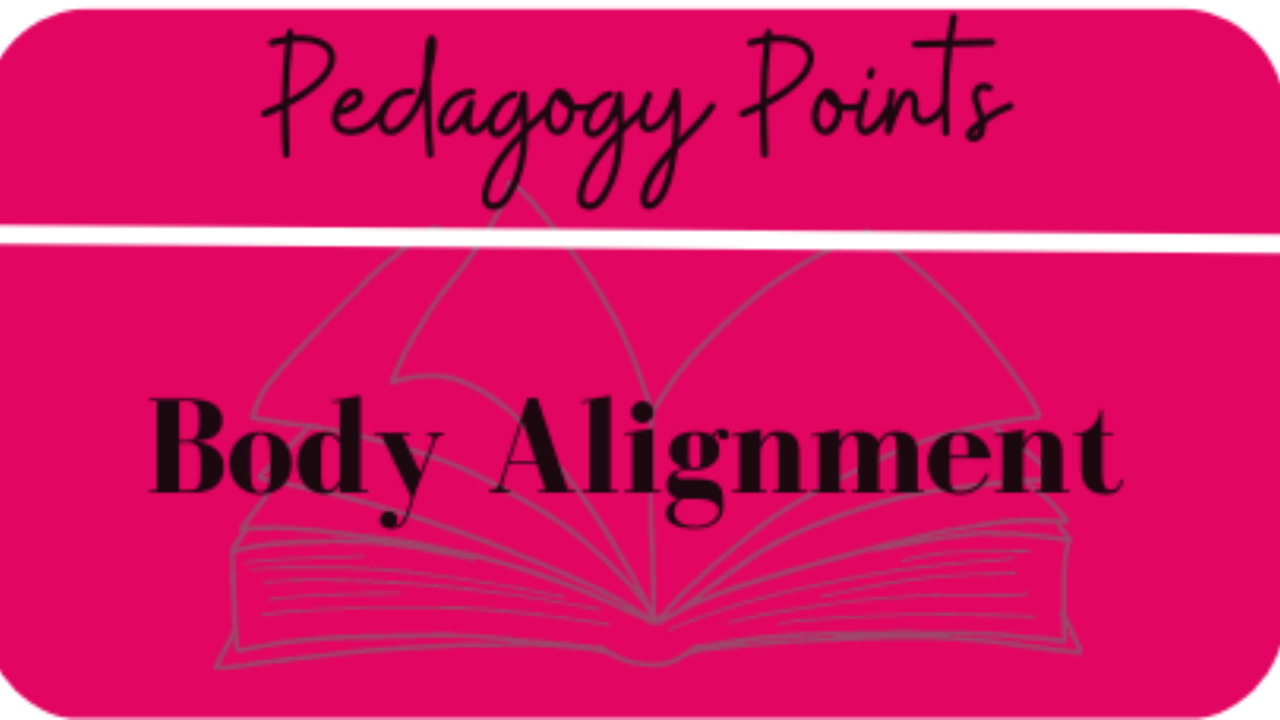Body Alignment
Apr 26, 2023
Note my choice of word. I pretty much never use the word “posture” in my teaching. It tends to bring with it a load of static tension and erroneous pre-conceived notions of how the body is put together. Instead, I use the word “alignment.” I like alignment because it is dynamic and the body will be moving. Understanding how the body is organized and training a kinesthetic awareness of it will aid students much better than a static “posture” which frequently leaves them riddled with and tortured by tensions.
The body is, of course, organized around the amazing spine. The Alexander Technique (which I highly recommend, you can get books, lessons, trainings, etc.) teaches Six Points of Balance: A-O joint, arm structure, thorax, hip joints, knee joints and ankle joints (see this month’s reviews for some book ideas). I use the line drawings in the suggested books regularly to show my students how their bodies are organized. I use a couple of visual tools: good line drawings of how the body IS put together and a manipulatable wooden person like they use in art class.
Our big bones are designed to bear the weight of our bodies. Sometimes all the above words are too much information and I talk instead about building blocks and about making sure the students’ building blocks are stacked on top of each other. When those blocks are not directly on top of each other, their soft tissues, rather than their bones, are doing the work of holding the body up.
I also encourage them to have spine lead adjustments. So, for example, if their head is out of alignment, they tend to tuck their chins, which can create other tensions. Instead, I encourage them to elongate their spines and the head naturally comes with it.Or, of they have a sway back, rather than telling them to tuck under their pelvis, I tell them to elongate their spines and everything slips into place. This also works beautifully with hunched shoulders. Rather than rolling them back and pressing them down, just elongate the spine and, voila!
When talking about the body, I find it important to be scientific and matter of fact. These approaches aid in offsetting any weirdness that comes up. I avoid touching a student if I can. If I can’t talk or demonstrate them to a new alignment, sometimes I will ask their permission to touch their heads and gently guide their heads and bodies to a place where the head is resting over an elongated spine with all their building blocks resting on top of each other, including the tripod of the feet.
